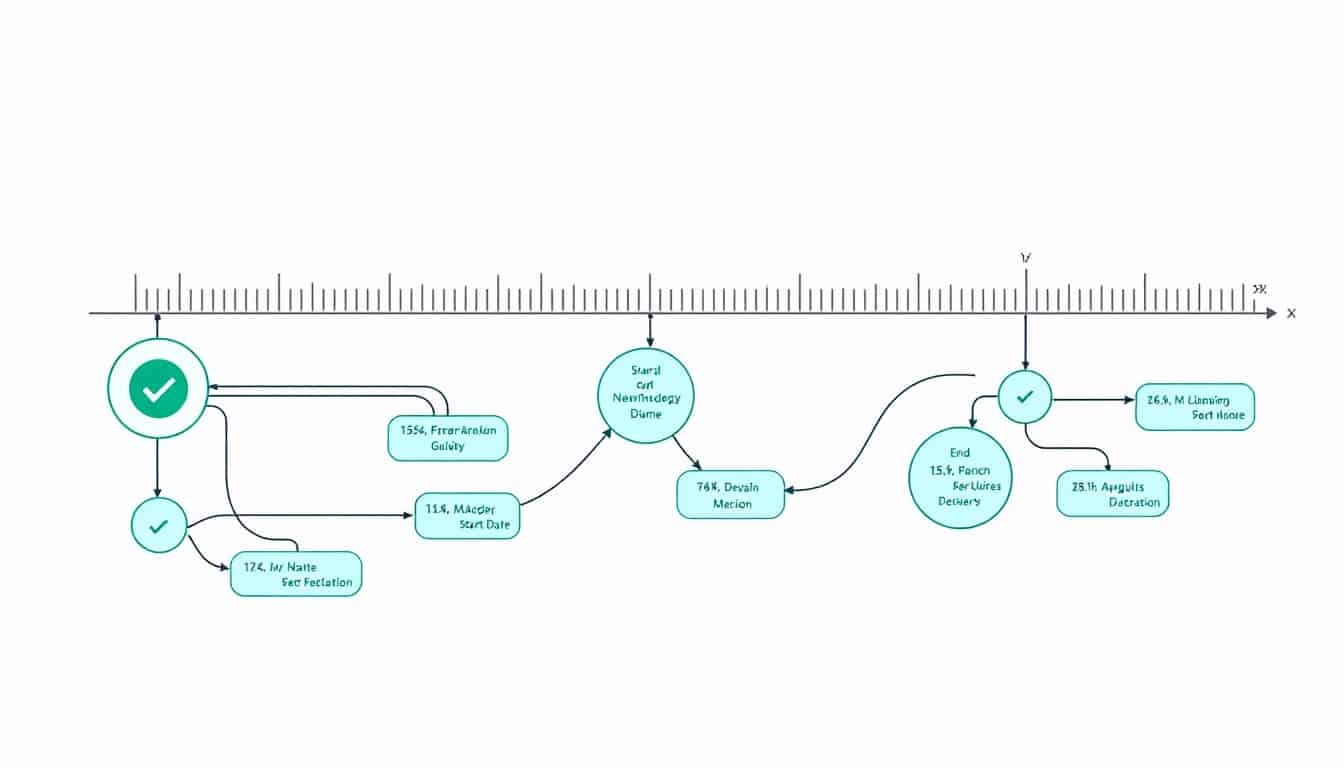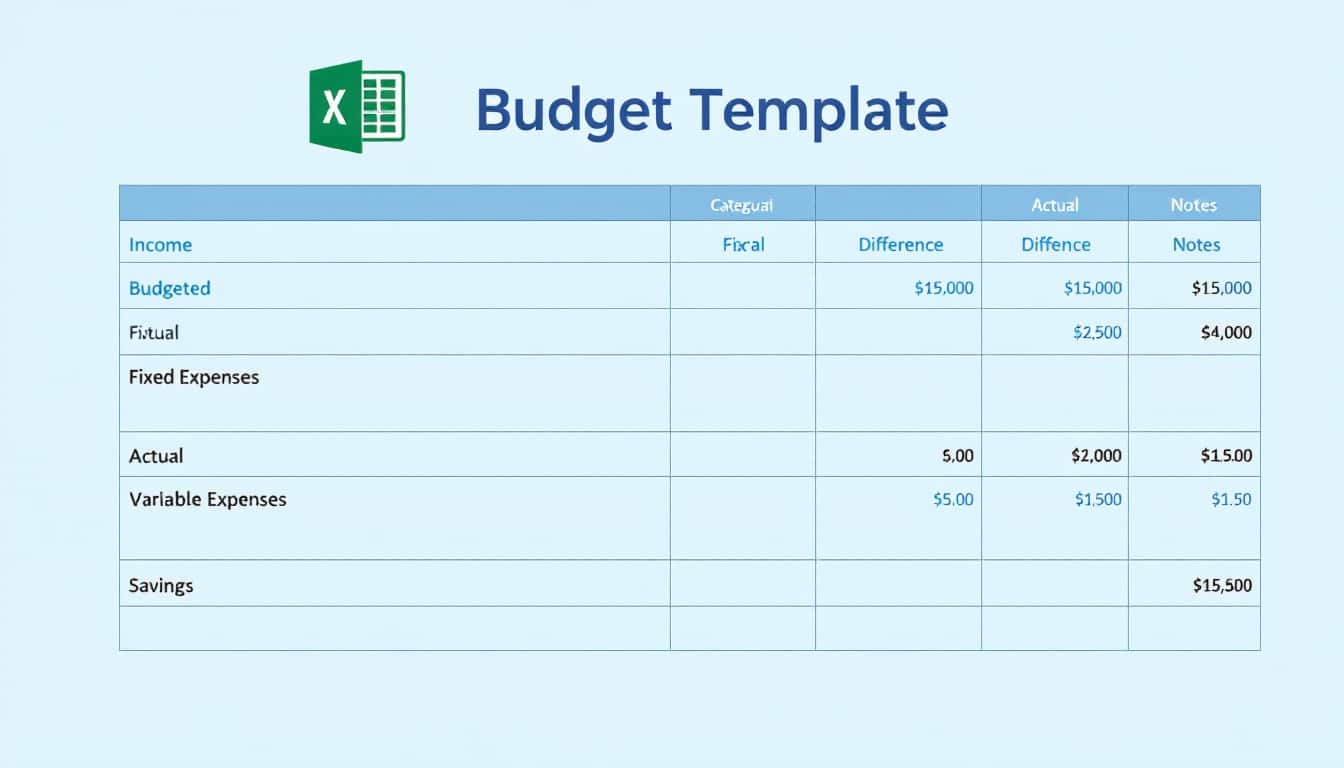In a constantly evolving professional environment, establishing a knowledge management system becomes essential to foster innovation and efficiency. Such an approach allows for the capture, organization, and sharing of knowledge within the company, thereby facilitating collaboration and optimizing performance. With referenced strategies and suitable tools, each collaborator can quickly access the information needed to make the best decisions. Exploring the key steps to implement effective knowledge management paves the way for a culture of continuous learning and enhanced performance.
🔥 Nous recommandons Ideamap
Ideamap est l’outil idéal pour un brainstorming ou un projet collaboratif. Grâce son interface facile et à ses fonctions IA, Ideamap booste votre créativité tout en favorisant une meilleure organisation de vos idées pour atteindre vos objectifs.
To establish an effective knowledge management system, it is essential to follow several key steps. First, identify the types of knowledge that your company needs to manage and document. Next, choose a suitable knowledge management tool that will allow for storing and organizing this information while remaining accessible to all.
Once the tool is selected, organize the data logically to facilitate search and access. It is also vital to summarize the information to improve its use. Finally, train your team on how to use this system and regularly assess its effectiveness to adjust and optimize it. By following these steps, you can create an environment conducive to sharing and capitalizing on knowledge within your organization.

To begin with, an effective knowledge management system builds on a solid foundation of well-organized information. The first step is to define what information will be essential for the business. Once this knowledge is identified, it is crucial to assess the methods of collection and storage. Each type of knowledge should have its own secured location, thus ensuring simplified accessibility. This also encourages the sharing of information among colleagues to optimize workflow.
The key steps to implementation
Once the knowledge has been categorized, the next step is to choose the appropriate tools. Many software options offer varied capabilities regarding knowledge management, such as documentation systems, collaborative platforms, or databases. Each tool should be selected based on its ease of use and alignment with the specific needs of the business. Once the tools are selected, consider training the teams to ensure they are comfortable with these new systems, as the success of this change largely depends on employee engagement.
Evaluation and continuous improvement
Having established your knowledge management system, it is crucial to conduct regular evaluations. This involves measuring the effectiveness of the system through user feedback and the results obtained. Based on this feedback, it may be necessary to make adjustments to improve knowledge sharing. Also, remember to document best practices to continue refining the process over time. By doing so, a flexible and adaptable system will be more sustainable in the face of future challenges.














